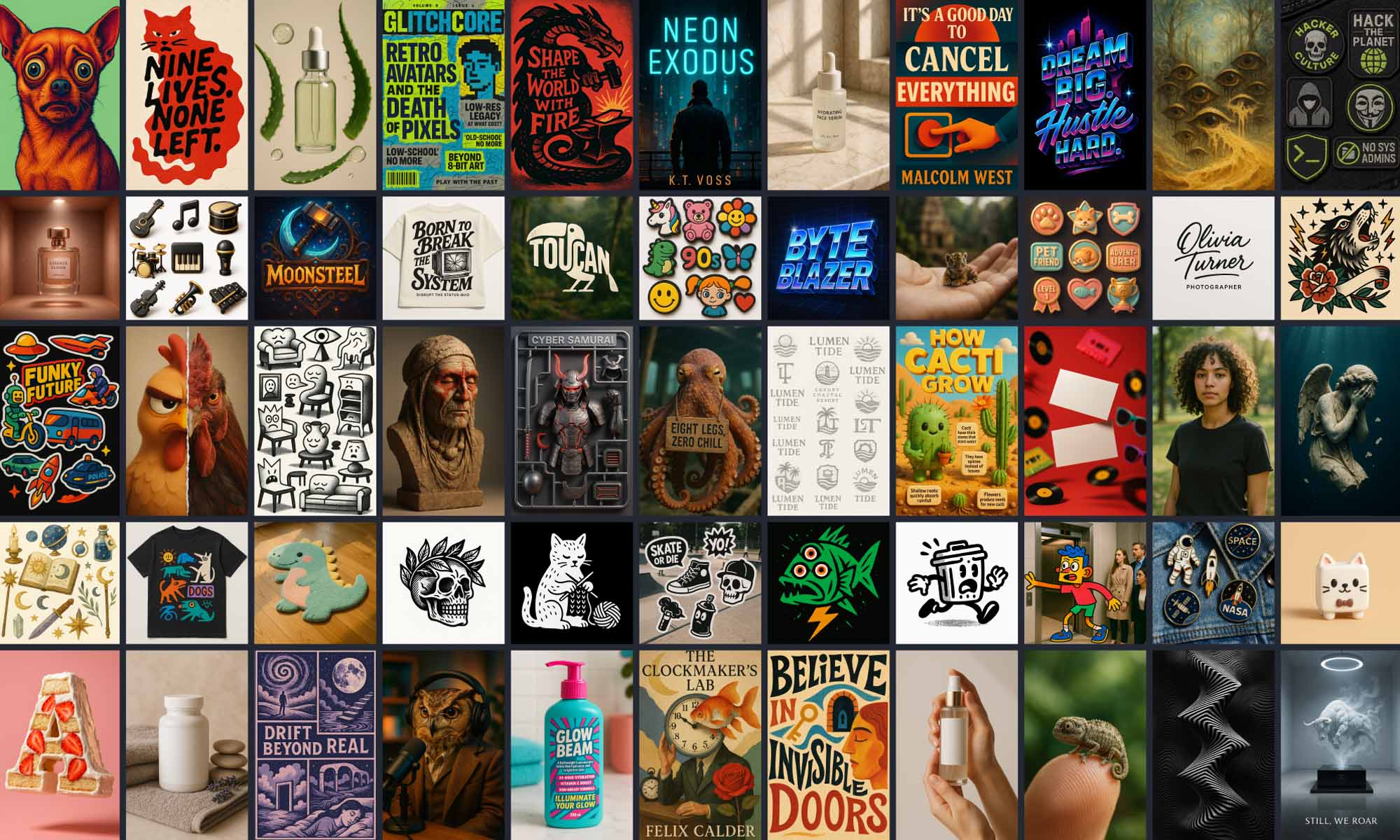Mastering the 8-Part ChatGPT Prompt Structure
Share
🔑 Crafting precise, repeatable prompts is the key to unlocking ChatGPT’s full potential.
In this guide, you’ll learn an eight-part framework—Subject, Action/Pose, Environment, Style & Palette, Mood & Atmosphere, Lighting, Composition & Camera, and Technical Details—that turns vague requests into clear, actionable instructions. Whether you’re generating images or text, following this structure ensures consistency, clarity, and creativity every time.
1. Subject (Who/What) 🎯
Definition: The primary focus or “actor” of your prompt.
Why it matters: A well-defined subject anchors the AI’s attention and prevents ambiguous interpretations. Instead of “object” or “topic,” use specific nouns or roles to give the model a clear starting point.
How to write it: Choose concrete descriptors or named entities. If you need a character, specify age, attire, or profession.
• Strong example: “A wise, elderly librarian”
• Weak example: “A person”
Tips:
• Include distinguishing attributes (e.g., “steampunk aviator,” “cyberpunk hacker”).
• Avoid generic terms like “thing” or “entity.”
2. Action/Pose (Doing What) 🏃
Definition: The verb or activity you want the subject to perform or the state they occupy.
Why it matters: Specifies movement or narrative focus, turning a static subject into an engaging scene.
How to write it: Use strong, dynamic verbs. Include adverbs to refine pace or style of action.
• Strong example: “examining an ancient map intently”
• Weak example: “doing something”
Tips:
• Combine action with subtle detail—“typing furiously,” “whispering secrets.”
• For still scenes, use “standing contemplatively” or “resting peacefully.”
3. Environment (Where) 🌍
Definition: The setting or backdrop that situates your subject in a specific context.
Why it matters: Environment enriches your prompt with sensory and spatial details, guiding tone and themes.
How to write it: Specify location, time of day, weather, and distinctive features.
• Strong example: “in a misty, overgrown library filled with towering oak shelves”
• Weak example: “in a room”
Tips:
• Layer multiple sensory hints—“soft creaking floorboards,” “flickering candlelight.”
• Use evocative adjectives: “windswept,” “serene,” “dilapidated.”
4. Style & Palette (Visual Reference, Colors) 🎨
Definition: The artistic or descriptive style and dominant color scheme.
Why it matters: Ensures outputs align with your brand, mood, or aesthetic preferences.
How to write it: Reference established art movements or color palettes, and name specific hues or textures.
• Strong example: “in a richly textured Baroque style, featuring deep crimson and gold leaf accents”
• Weak example: “make it colorful”
Tips:
• Cite visual references—“Van Gogh-inspired brushstrokes,” “80s neon noir.”
• Limit palette to 2–3 core colors for clarity.
5. Mood & Atmosphere (Adjectives) 🌥️
Definition: The emotional tone or overall vibe conveyed by the scene.
Why it matters: Shapes viewers’ or readers’ impressions and emotional response.
How to write it: Select 2–3 evocative adjectives that capture the desired mood.
• Strong example: “with a hauntingly melancholic atmosphere”
• Weak example: “make it feel nice”
Tips:
• Avoid conflicting moods (e.g., “serene yet chaotic”).
• Pair mood with environment: “brooding gloom” in a “fog-laden cemetery.”
6. Lighting (Direction, Quality) 💡
Definition: How light interacts with your subject and environment.
Why it matters: Lighting creates depth, highlights focal points, and enhances realism or drama.
How to write it: Indicate light source, angle, intensity, and color temperature.
• Strong example: “illuminated by a cool, diffused moonlight from above-left”
• Weak example: “make it bright”
Tips:
• Use terms like “side-lit,” “backlit silhouette,” or “warm spotlight.”
• Mention contrast: “soft shadows” vs. “harsh chiaroscuro.”
7. Composition & Camera (Angle, Framing) 📸
Definition: The viewpoint, framing, and lens perspective for visual prompts or narrative focus.
Why it matters: Determines how your subject is positioned in the frame or story flow.
How to write it: Specify camera angle, shot type, framing rules, or POV.
• Strong example: “captured in a dynamic wide-angle shot, with the subject placed on the left third”
• Weak example: “make it look good”
Tips:
• Mention “rule of thirds,” “symmetrical framing,” or lens choices like “telephoto” or “macro.”
• For text: define narrative angle—“from a first-person perspective.”
8. Technical (Aspect Ratio, Resolution) ⚙️
Definition: Exact output specifications to ensure compatibility with your platform or medium.
Why it matters: Prevents issues like cropping, scaling, or formatting errors.
How to write it: Provide precise aspect ratio, file type, or token limits (for text).
• Strong example: “16:9 aspect ratio, export as PNG”
• Weak example: “make it big”
Tips:
• For text: specify max tokens, word count, or JSON format.
• Always match the final use case.
Full Prompt Example
“A wise, elderly librarian (Subject) standing pensively at a grand oak reading table, fingers lightly tracing the edge of an ancient grimoire (Action/Pose), in a misty, overgrown library filled with towering oak shelves and scattered parchment scrolls (Environment), rendered in a richly textured Baroque style with deep crimson and gold leaf accents (Style & Palette). The scene exudes a hauntingly melancholic atmosphere (Mood & Atmosphere), illuminated by a cool, diffused moonlight from above-left casting soft, elongated shadows (Lighting). Captured in a dynamic wide-angle shot, with the librarian positioned on the left third of the frame and the table spanning the lower third (Composition & Camera), 16:9 aspect ratio, export as PNG (Technical).”
Conclusion 🎉
Congratulations on mastering the 8-part prompt framework! Now it’s time to:
🚀 Experiment Today: Use this structure in your next ChatGPT session.
📚 Learn More: Dive into related tutorials in our Creator Guides.
🛒 Browse Prompts: Discover top-rated prompts.
✉️ Stay Updated: Subscribe to our newsletter for daily prompt hacks and exclusive drops.
Happy prompting! 🎈











